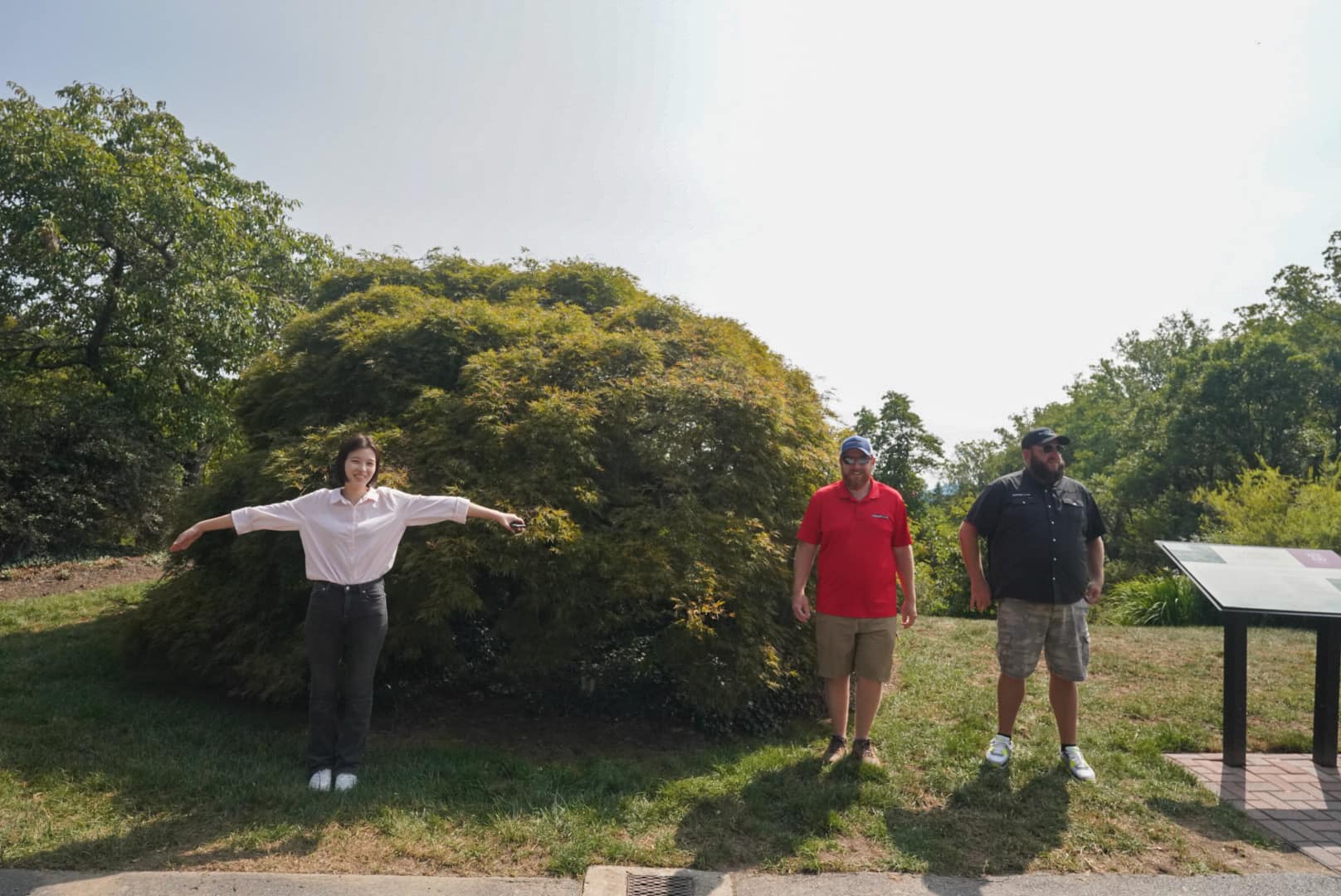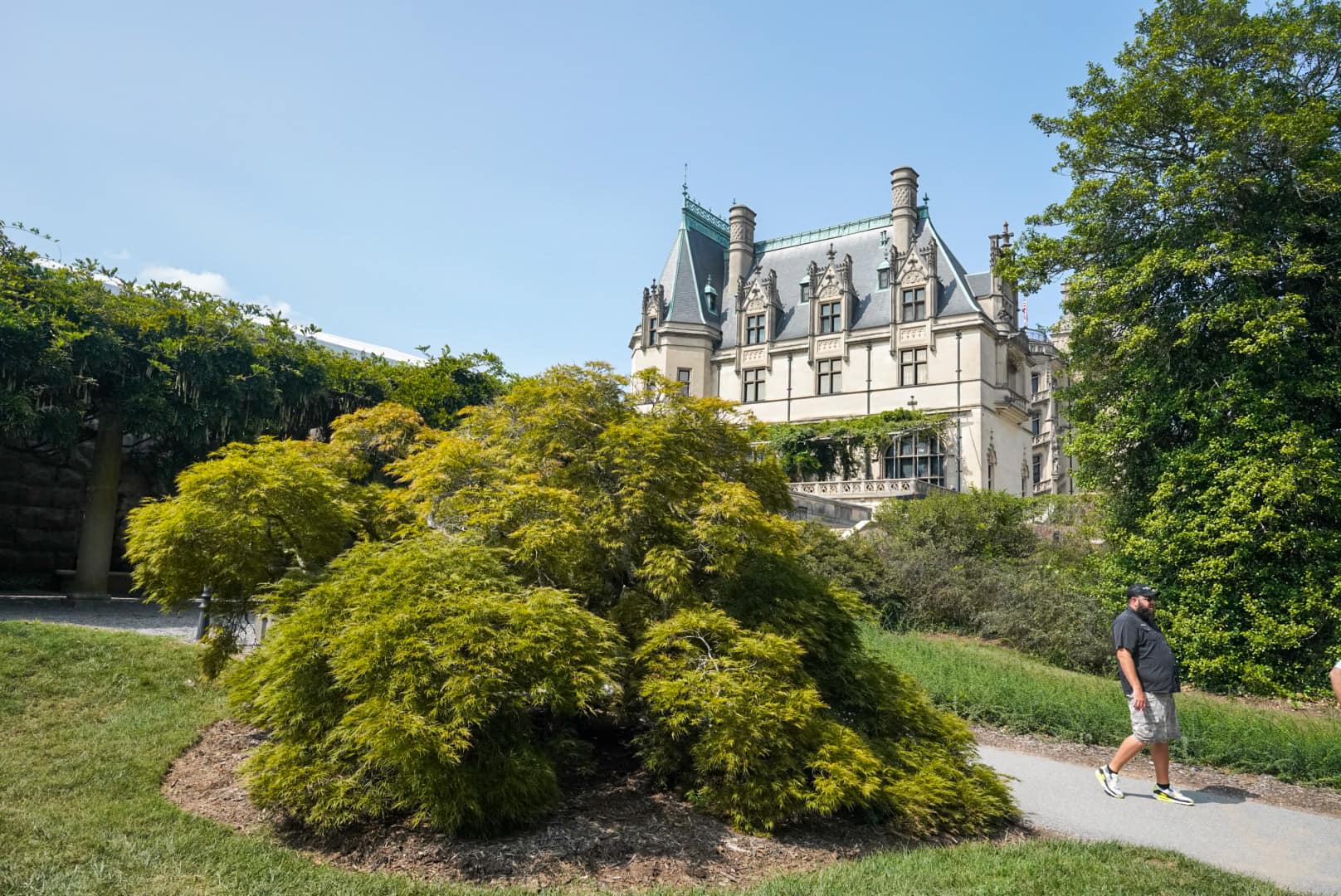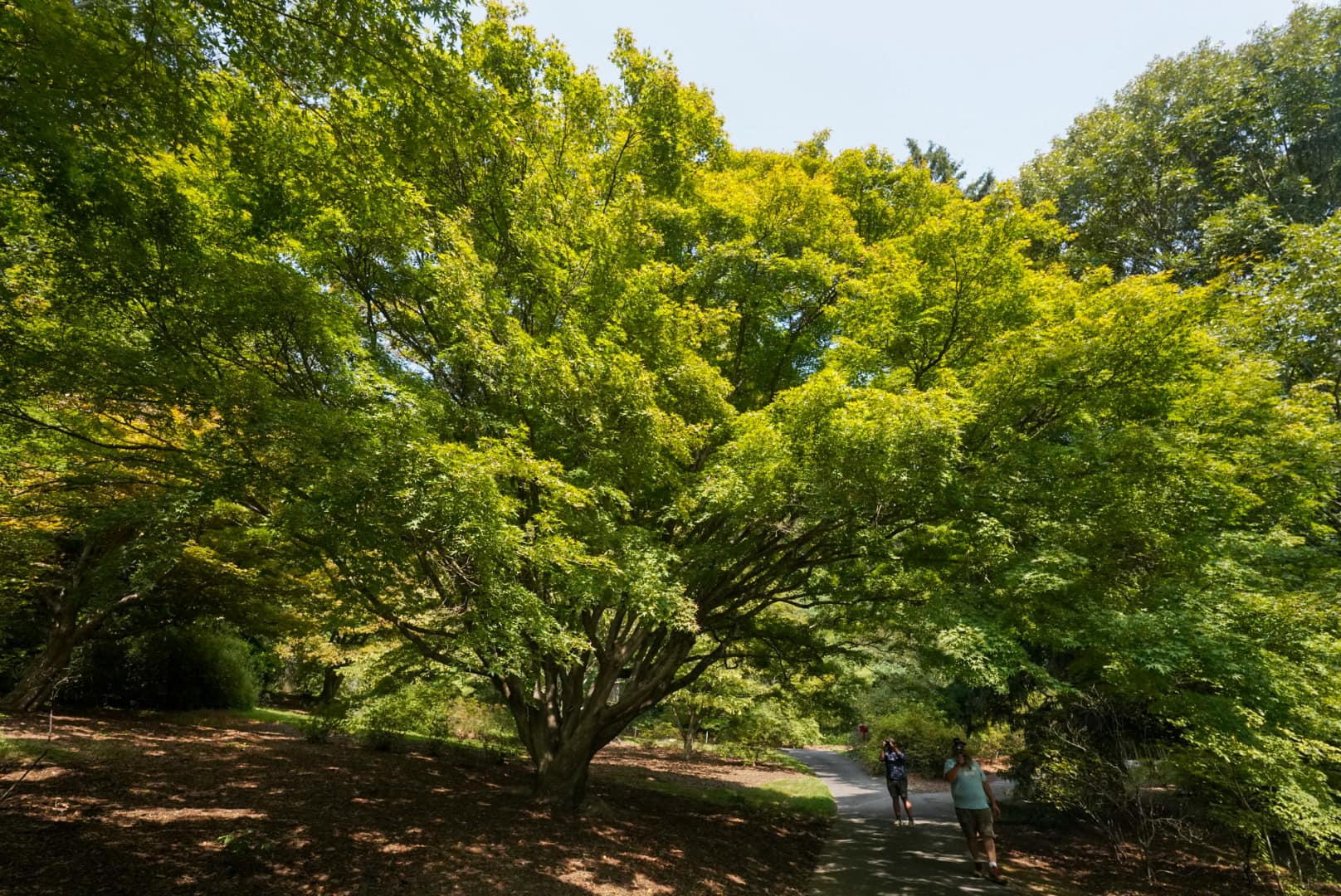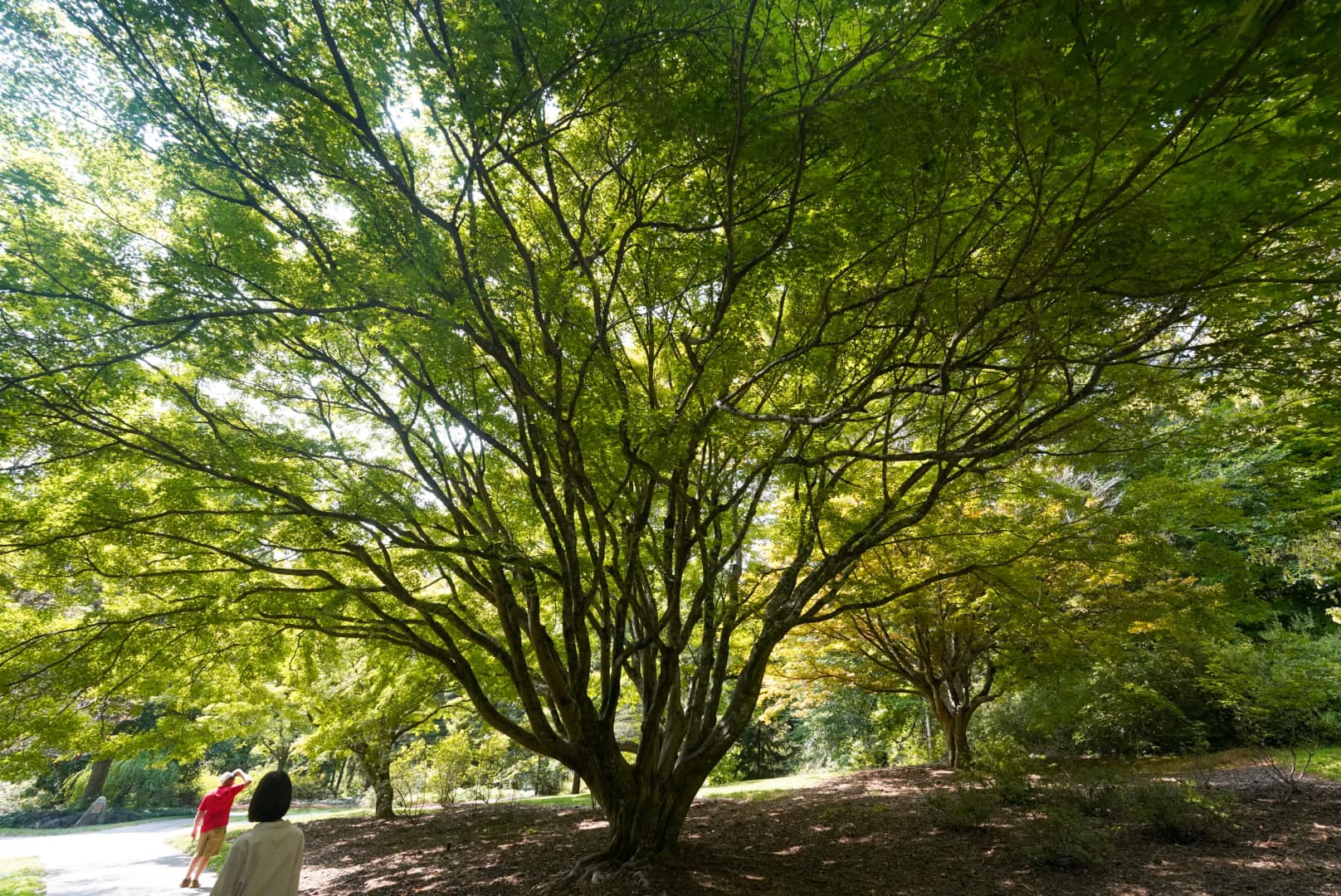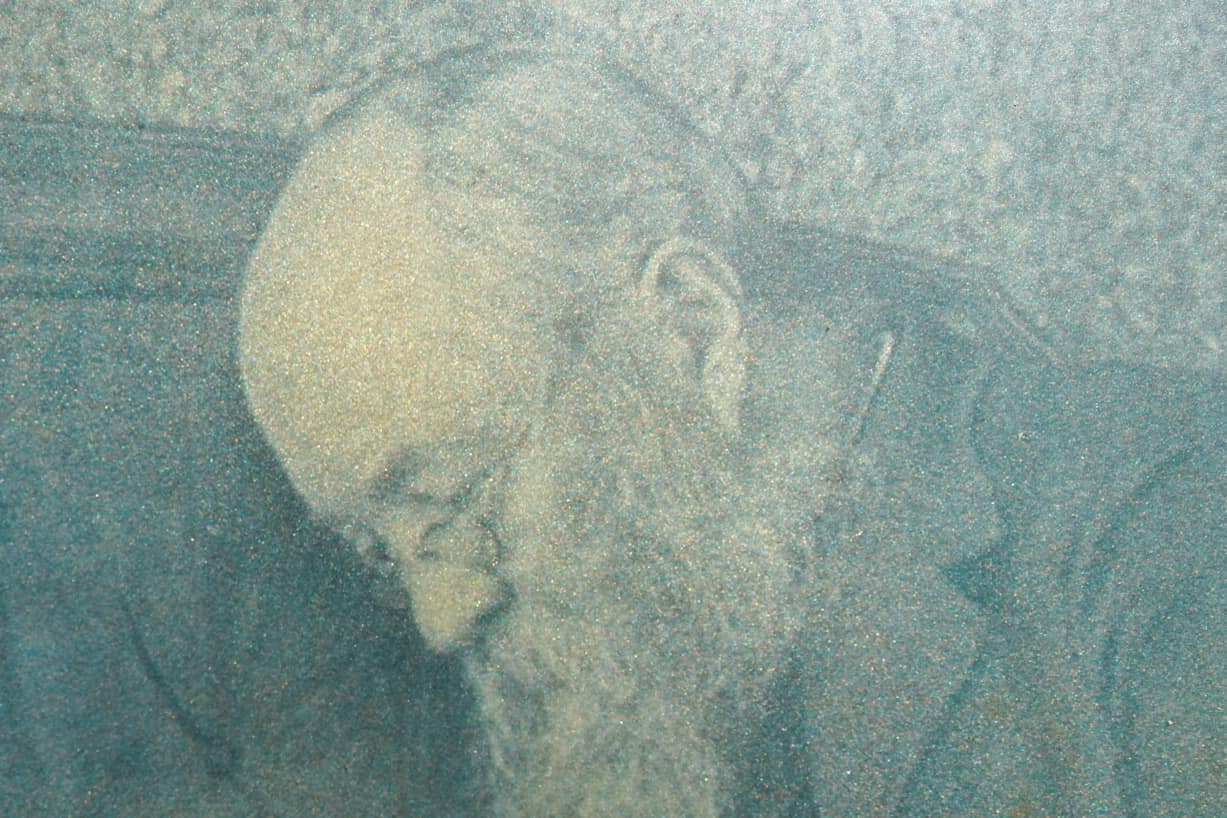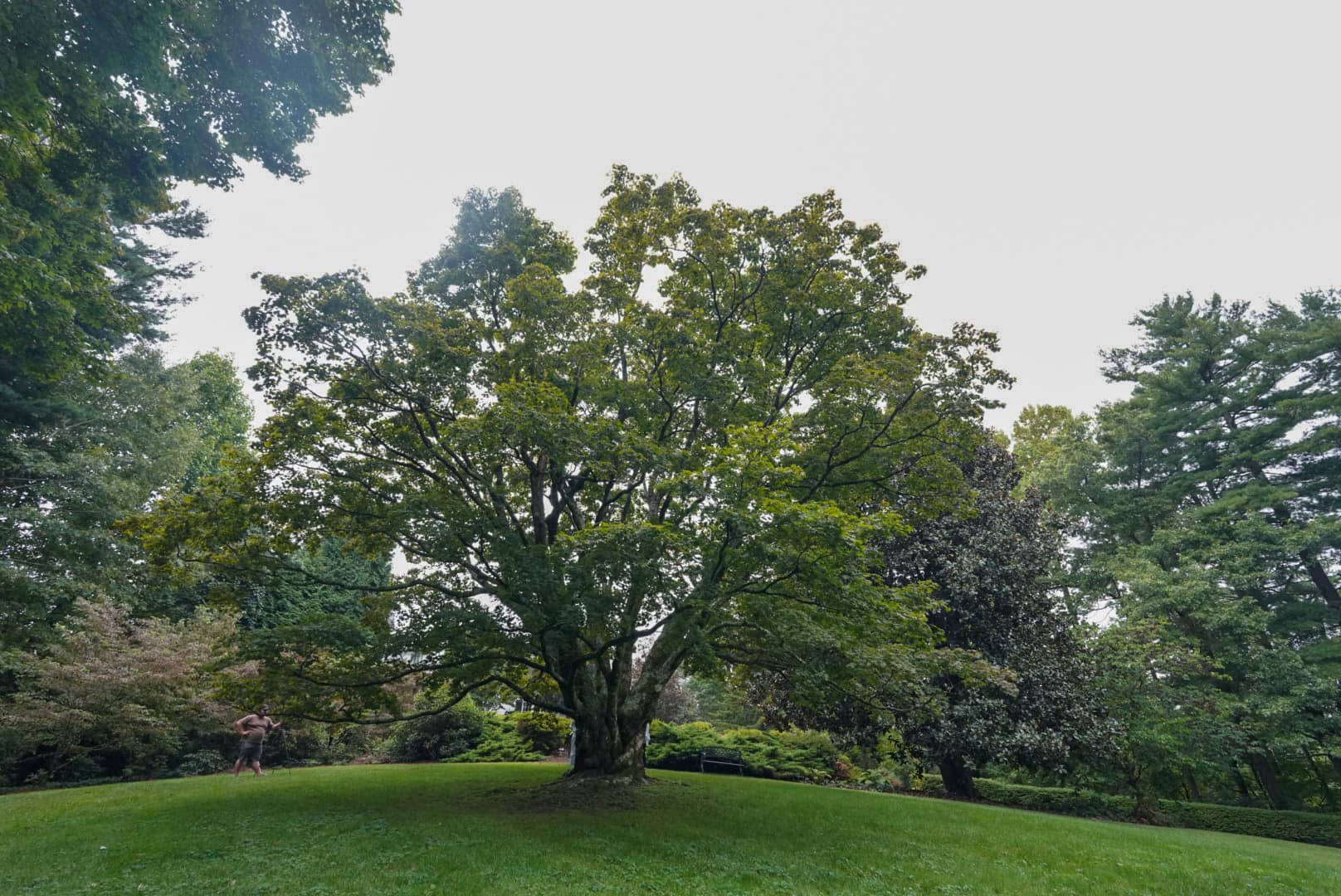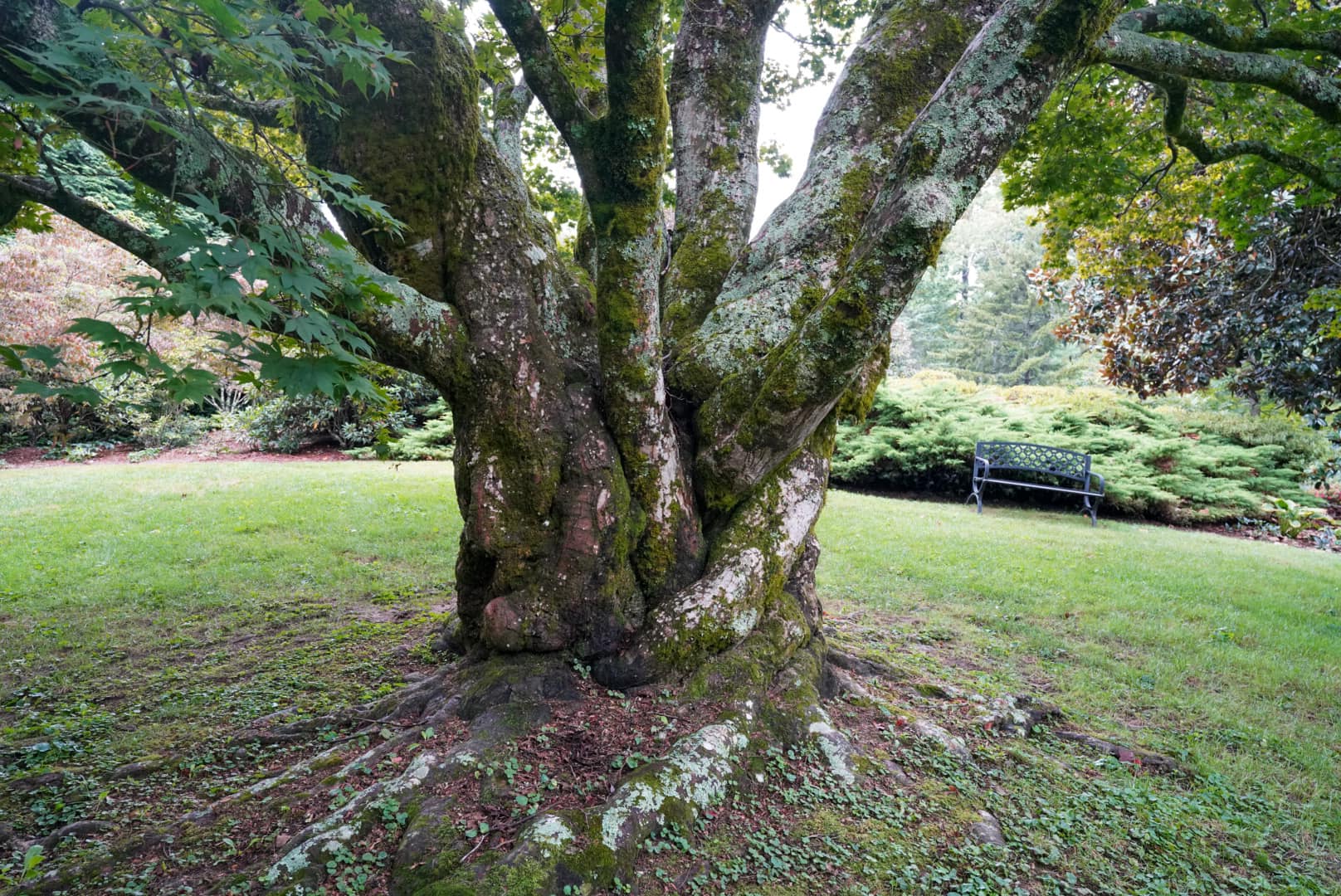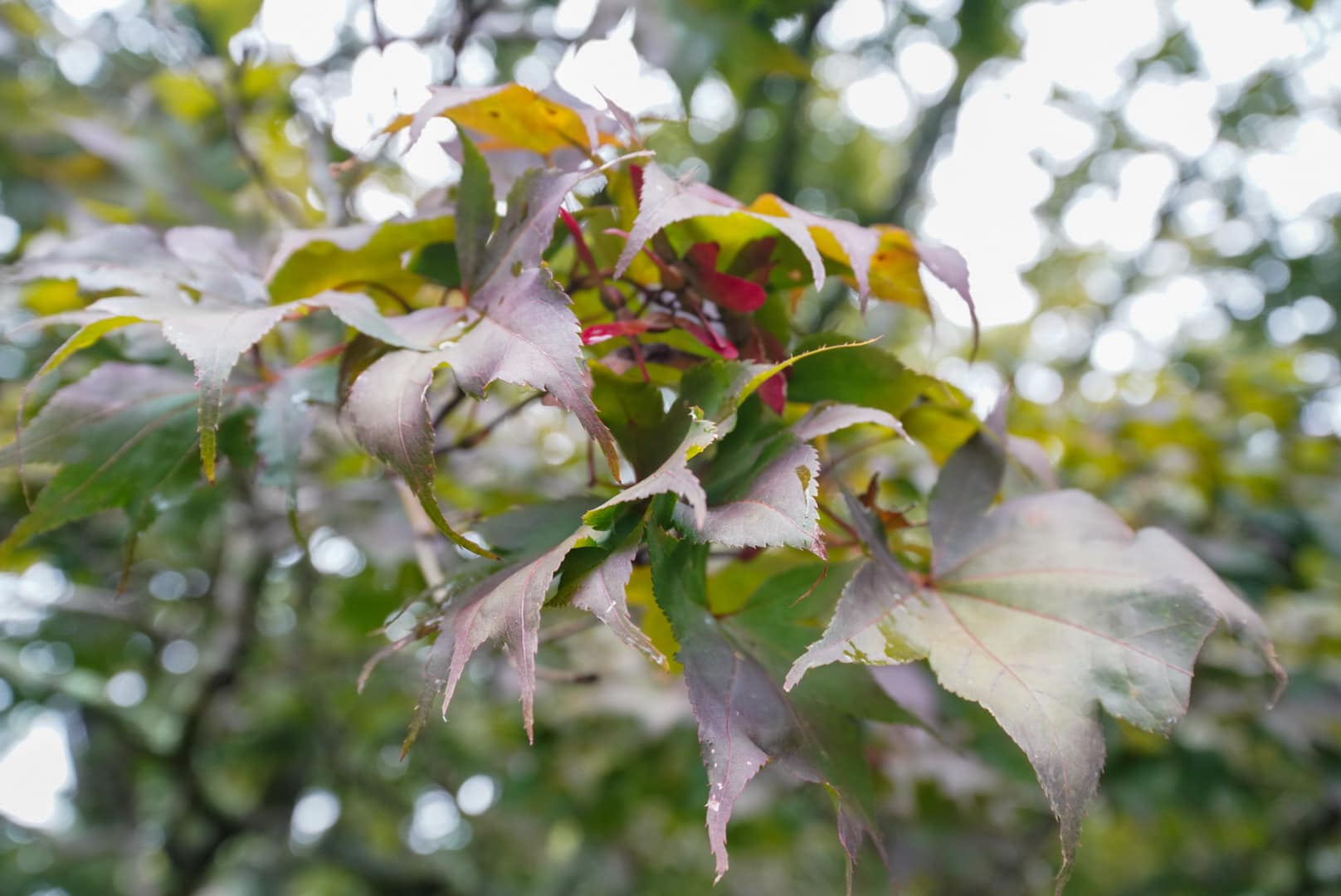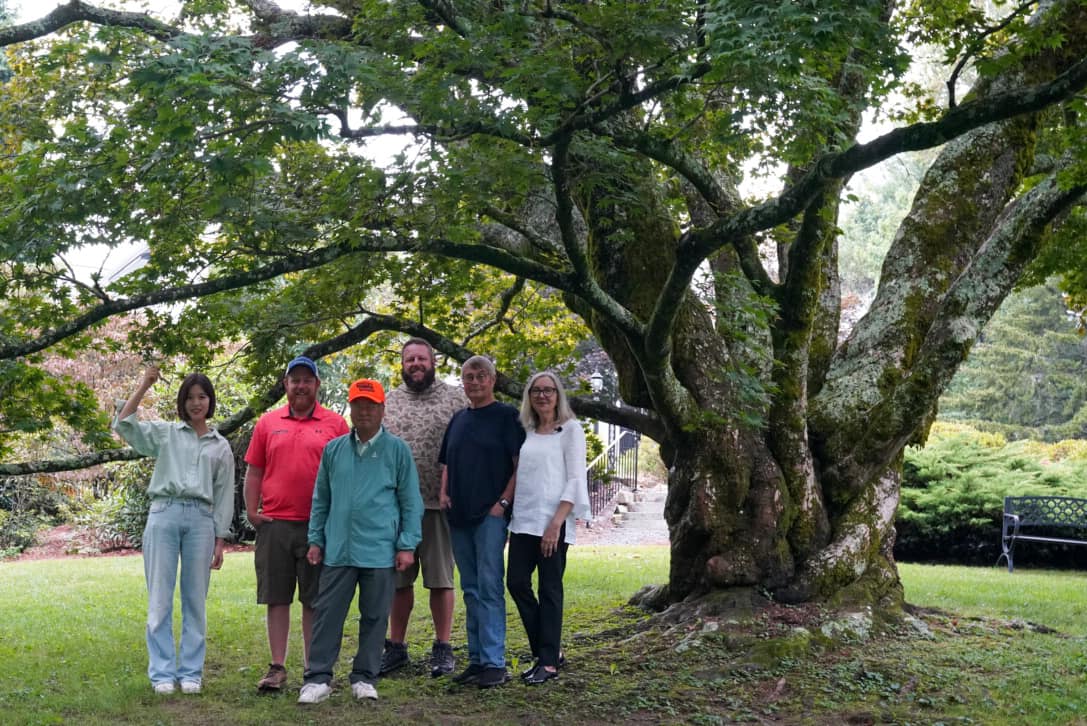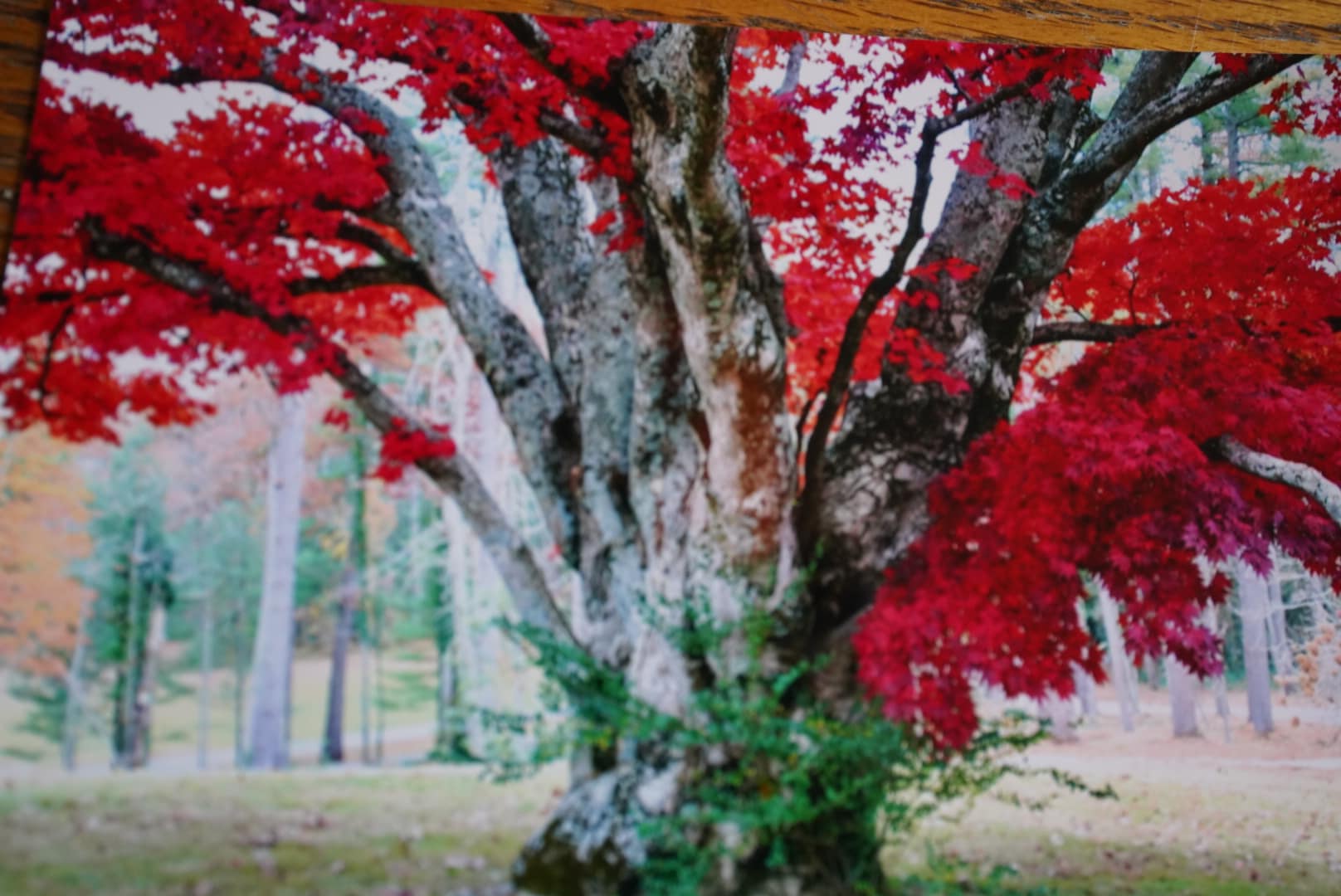■Japonism
1854年に日本が開国すると、欧米では美術などに日本趣味ブームがおこりました。ジャポニズムと言います。
ジャポニズムは、日本モミジへの関心にも影響したと推定されます。
1873年のウイーン万博と1904のセントルイス万博では日本庭園が出展されました。これと関係して日本モミジは本格的に輸出されたようです。
When Japan opened its doors to the world in 1854, a boom in Japanese art and other fields occurred in the West. This was called Japonism.
Japonism is thought to have also influenced interest in Japanese maples.
Japanese gardens were exhibited at the Vienna World’s Fair in 1873 and the St. Louis World’s Fair in 1904 . It seems that Japanese maples began to be exported in earnest in connection with this.
■Maple Japonism (1)
アメリカ鉄道王の資産を相続したヴァンダービルト2世は、1889年から1895年、ノースカロライナ州に現在のビルトモア村を建設しました。
ニュ-ヨークセントラルパ-クを設計したオルムステッドが参画したが、彼はイロハモミジやシダレモミジなど日本の樹木を好んで植栽したと伝えられ、現在それに相応しいものが現存しています。
Vanderbilt II, who inherited the fortune of an American railroad magnate, built what is now Biltmore Village in North Carolina between 1889 and 1895.
Olmsted, who also designed New York Central Park, was involved in the project, and it is said that he had a preference for planting Japanese trees such as Japanese maples and weeping maples, and suitable specimens of these trees still exist today.
■Maple Japonism(2)
私たちは、ミスターメープルの顧客にノムラモミジを見せてもらいました。それは高さ幅ともに12mの巨大なもので、しかも樹勢がよい。
日本が開国して間もない1870年代に輸出され、チャールストン港から陸揚げされたとされています。
歴史と規模から言って、世界遺産級です。
We were shown a Nomura maple by a customer of Mister Maple. It is a huge tree, 12m in height and width, and is in good condition.
It was exported in the 1870s, soon after Japan opened its borders to the world, and was unloaded at the Port of Charleston.
In terms of its history and size, it is a World Heritage Site.

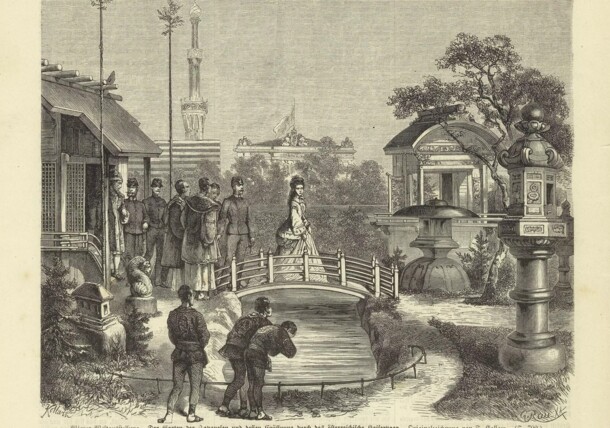 he Vienna
he Vienna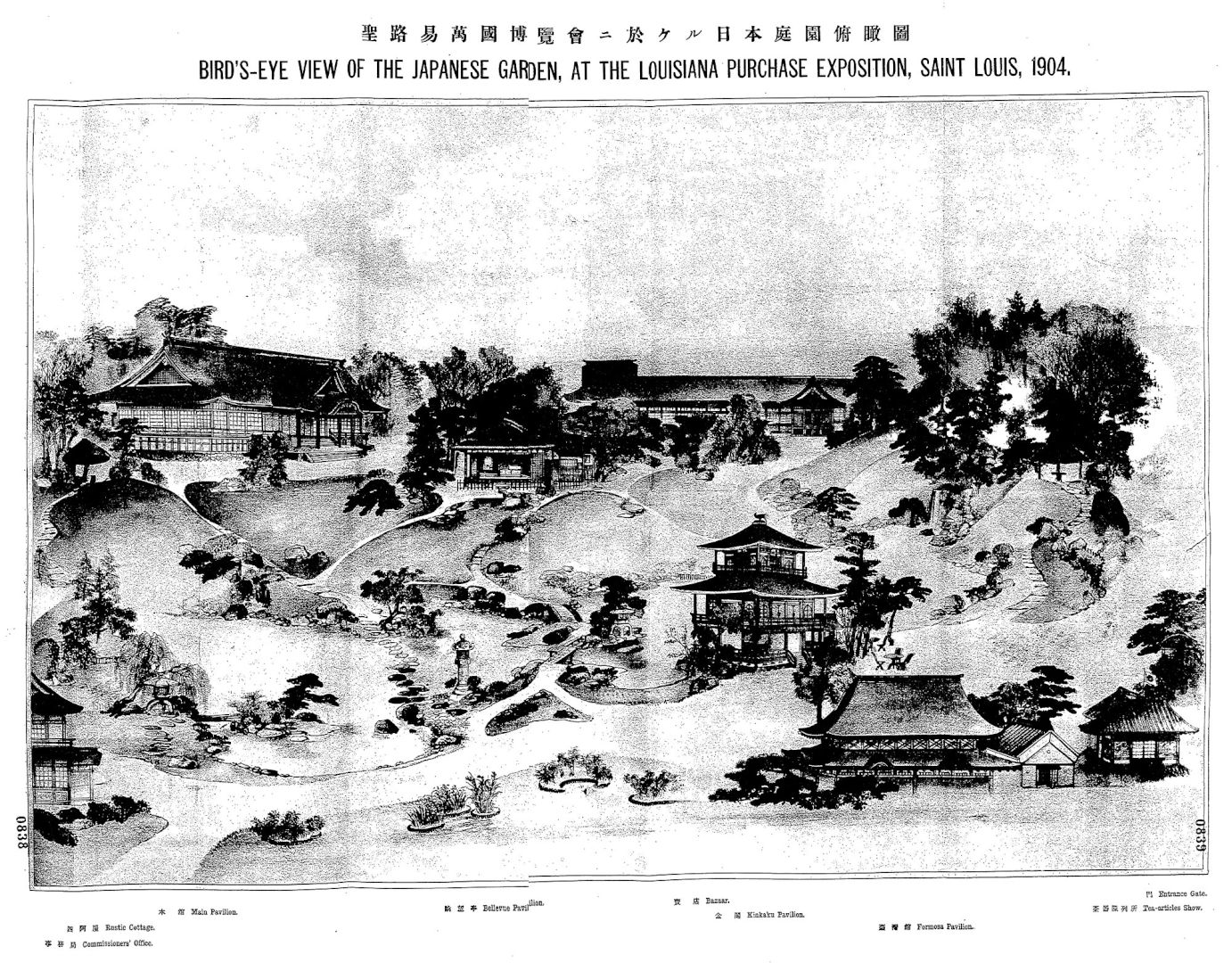 St. Louis World’s Fair
St. Louis World’s Fair